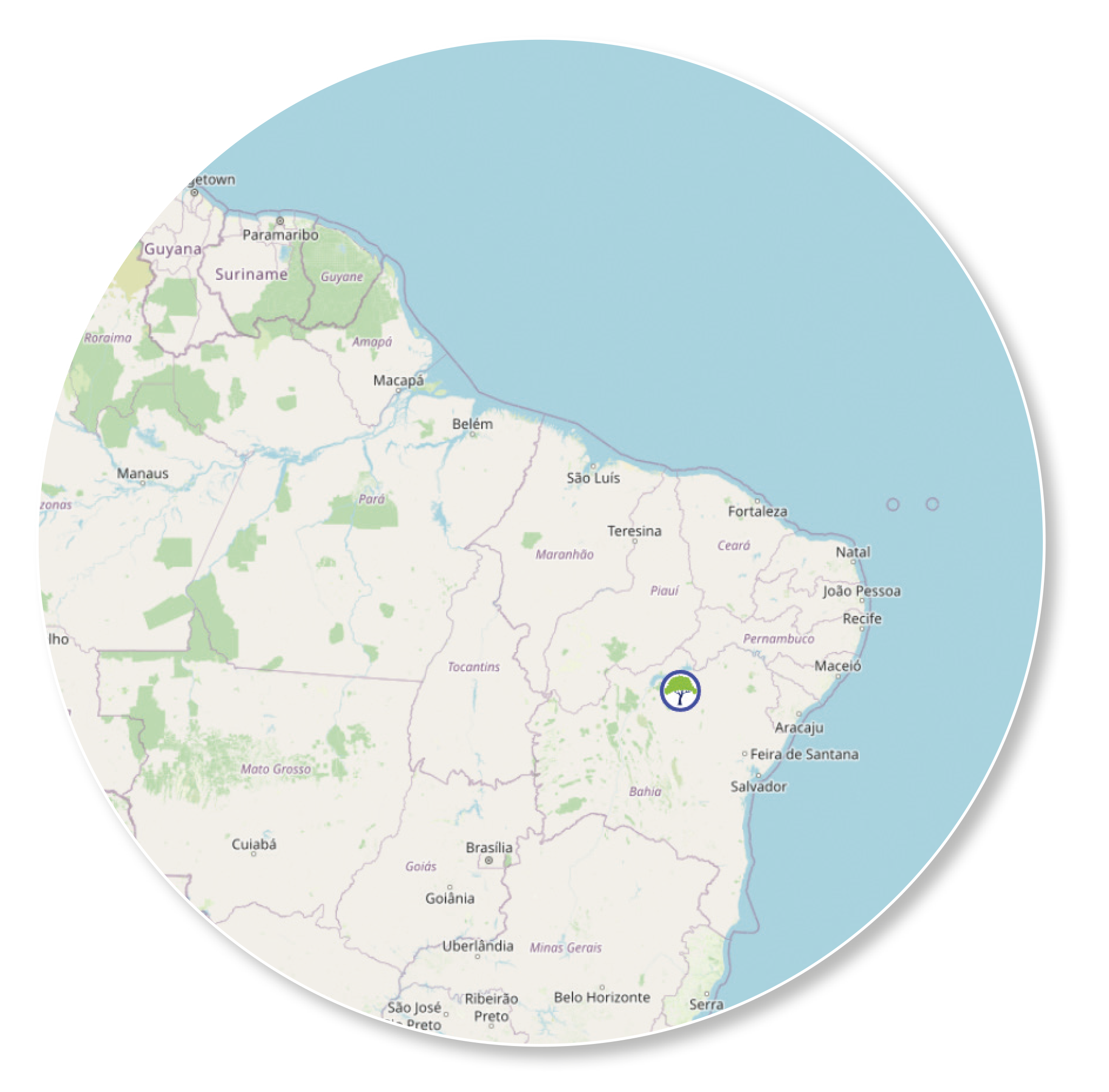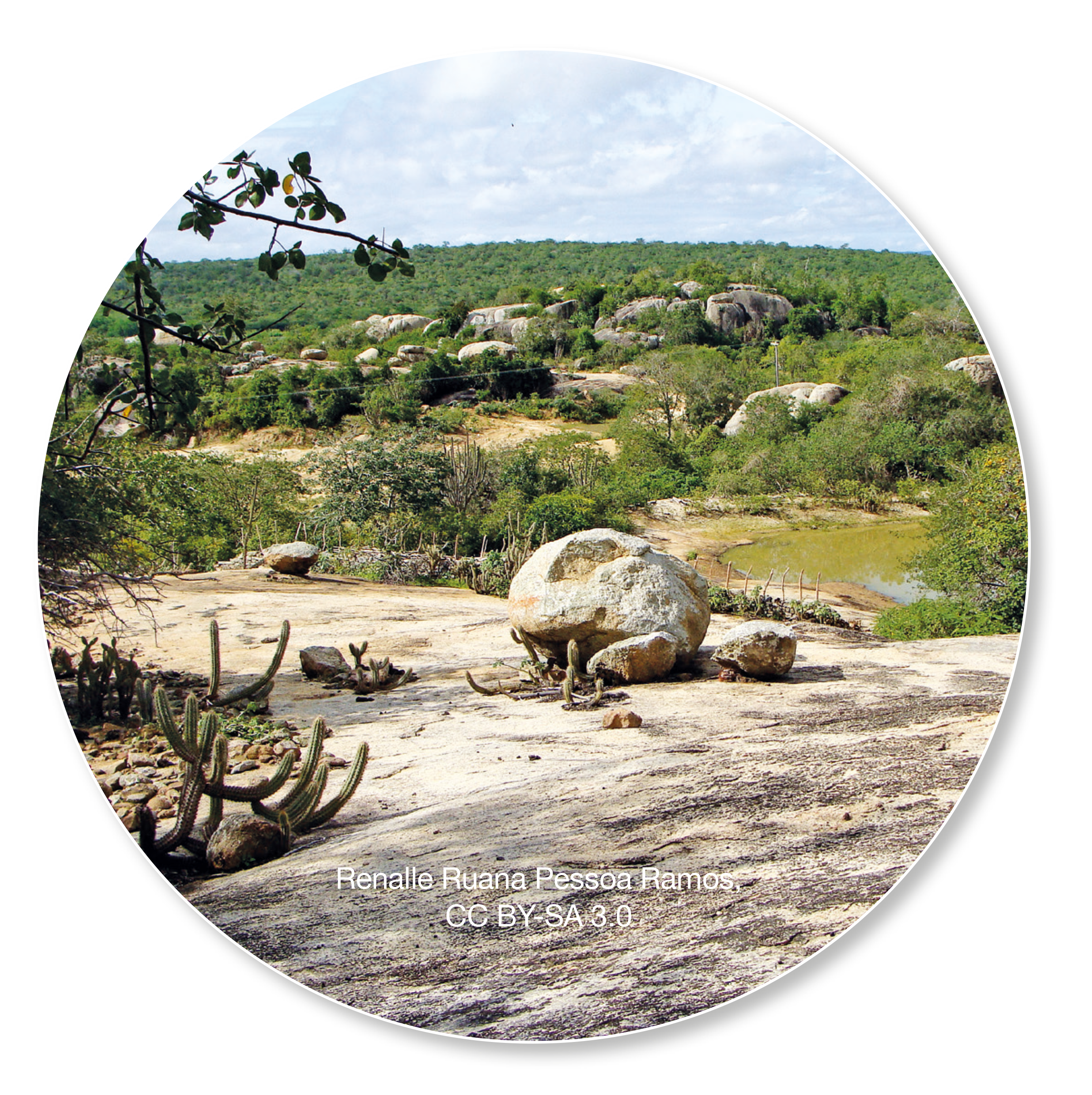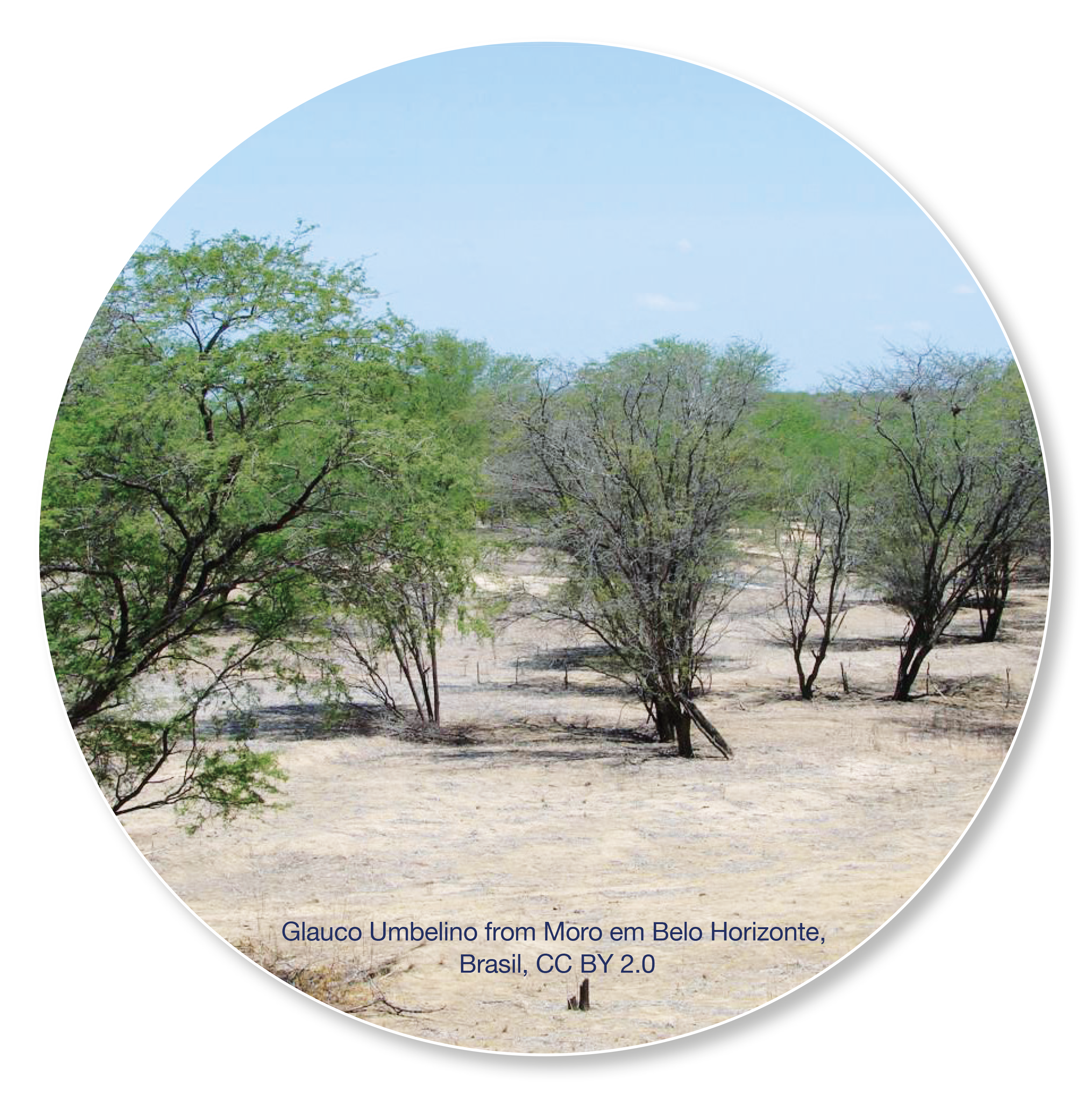HERMOSA - the internet platform for restoration projects
It is notoriously difficult to find money for conservation projects despite the fact that biodiversity conservation and climate change mitigation have been identified as some of the most urgent concerns for the planet. There is a lot of talk at various levels of society but little action – the latter mostly for the lack of funds. Sustainable development has a strong economic focus whereby conservation and ecosystem restoration has to provide a living for those involved, otherwise, engaging in those activities is a pure luxury which many of the rural poor cannot afford.
Putting a price tag on intact biodiversity, i. e. birds, mammals, reptiles, insects, plants etc. and ecosystem services like clean air and water, scenic beauty, healthy soils, reliable precipitation patterns etc., is taken care of with the financial model of ‘payments for ecosystem services’ (PES). These are usually large public programmes which pay farmers and other land owners/managers to engage in environmentally-friendly management practices. It has long been the aim of conservation organisations to develop a viable market mechanism with direct links between projects and private investors to generate income for communities engaged in conservation practices (PES, like other tools available, has its limitations).

To bridge the gap between conservationists and private investors a trading platform is required which not only provides financial incentives to its users, but which also incorporates ecological and social criteria that are quantitative and qualitative in character. In practical terms, this means being able to measure how investments will perform given the unique conditions, risks and constraints of a particular ecosystem and the community working to conserve it.
Given the funding, HERMOSA is one such platform able to connect communities engaged in conservation with the investors interested in doing so for a range of benefits (to be shared in another article). Highly cost-effective, the platform would allow for identification of the different types of areas of interest through geospatial data collected regarding soils, topography, vegetation, meteorological information etc. At the same time the platform also uses the latest in Earth observation technology to provide the necessary transparency and verification of action on the ground. This is combined with relevant partnerships in the field of local organisations working with committed communities.

A system of biopledges (a concept deriving from mortgaging) could allow investment managers security when making long-term investments in conservation areas which also serve as a catalyst to grow the local bioeconomy.
A project with a Brazilian company, Bahia Land, serves as a current model for getting investments flowing directly into conservation activities and local communities that will benefit once this bioeconomy is up and running. In this project, conservation of native forest sustaining diverse species of rare fauna and flora is being coupled with a renewable energy project extending over approximately 12,000 hectares and both are linked to the local market for naturally derived goods and services, including honey production and ecotourism.

This pilot project has attracted wide interest, including from those designing the Action Plan for the UN Decade on Ecosystem Restoration. The company mundialis, developer of the HERMOSA platform, and Bahia Land are currently looking into developing the model further and proving the concept on a larger scale. This would result in a working platform for biodiversity conservation and climate change mitigation which can then be applied extensively on a global basis. Since this concept is under development we would welcome investment managers and other interested parties to reach out to us at sales@hermosa.earth for further discussion.